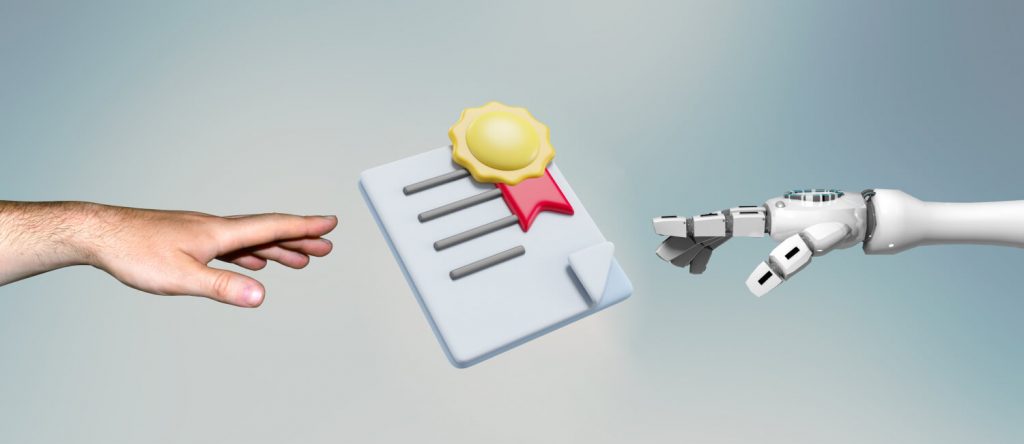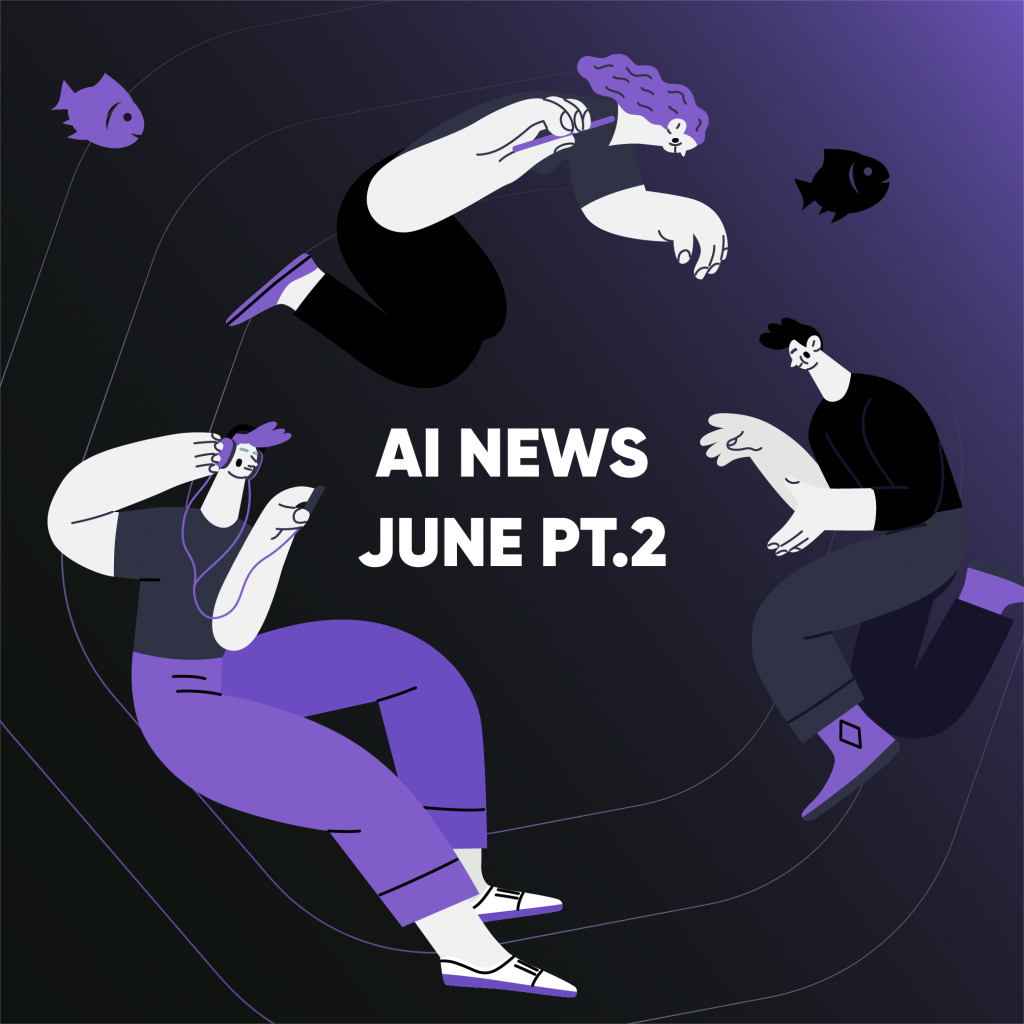





GPT-4 – an update to ChatGPT.


On March 14, 2023, a new version of the ChatGPT chatbot powered by artificial intelligence was launched. The update is now available to testers and premium subscription holders. The potential of this latest version is notably distinct from its predecessor, and there’s every reason to speak of rapid growth, if not a breakthrough. Let’s delve deeper into the options available to users of this language model since mid-March and also take a brief look back at the chatbot’s history to understand the capabilities and potential of this software solution.
A Brief History of Versions and Their Differences
ChatGPT made its debut quite recently, with the first version seeing the light of day at the end of November 2022. The product garnered attention for its intriguing capabilities:
- Code writing;
- Generating text based on data and context;
- Text translation option;
- Crafting responses considering the context.
Machine learning algorithms were utilized in the software’s development. As a result, ChatGPT can react in a predetermined manner to certain stimuli and accurately recognize them. The bot takes into account the reactions of its interlocutors: positive feedback encourages it to continue the conversation, while negative feedback leads it to abandon the previously chosen direction.
Developers positioned the product as a chatbot capable of providing highly accurate responses. However, this particular capability drew the most criticism. It’s unsurprising since building a perfect robot is a labor-intensive task that can’t be accomplished in just a few years. The prototype of the modern ChatGPT-4 only began to take shape in 2018.


The first version of the Generative Pre-trained Transformer (GPT) emerged in 2018 and lasted for just a year. In 2019, it was succeeded by GPT-2. Then, another year later in 2020, GPT-3 was introduced. All the initial versions were crafted by the visionaries at the American machine learning technology developer, OpenAI, with the goal of refining their language models.
The developers’ efforts bore fruit, as GPT-3 became one of the most powerful on the planet. It’s known that it operated on the basis of 175 billion parameters and encompassed about two-thirds of the World Wide Web’s data. With such capabilities, it’s no surprise that the bot managed to write its own book – in fact, more than one. Just a month ago, when the GPT-3.5 model was already available to users, there were 200 of its creations in the e-book store on Amazon. Among the bot’s works was a guide on how to create content using ChatGPT. GPT-3.5 was an enhanced version of GPT-3.
Currently, ChatGPT’s audience has reached 100 million users and continues to steadily grow. This means the bot is evolving, even when developers aren’t directly exerting efforts to enhance their creation. After all, it learns through interacting with its environment.
Initially, the program was designed to tackle tasks in English. Today, its capabilities are much broader; it can handle many other languages, including those with limited available material. GPT was tested on languages like Latvian, Welsh, and even Swahili, with quite satisfactory results.
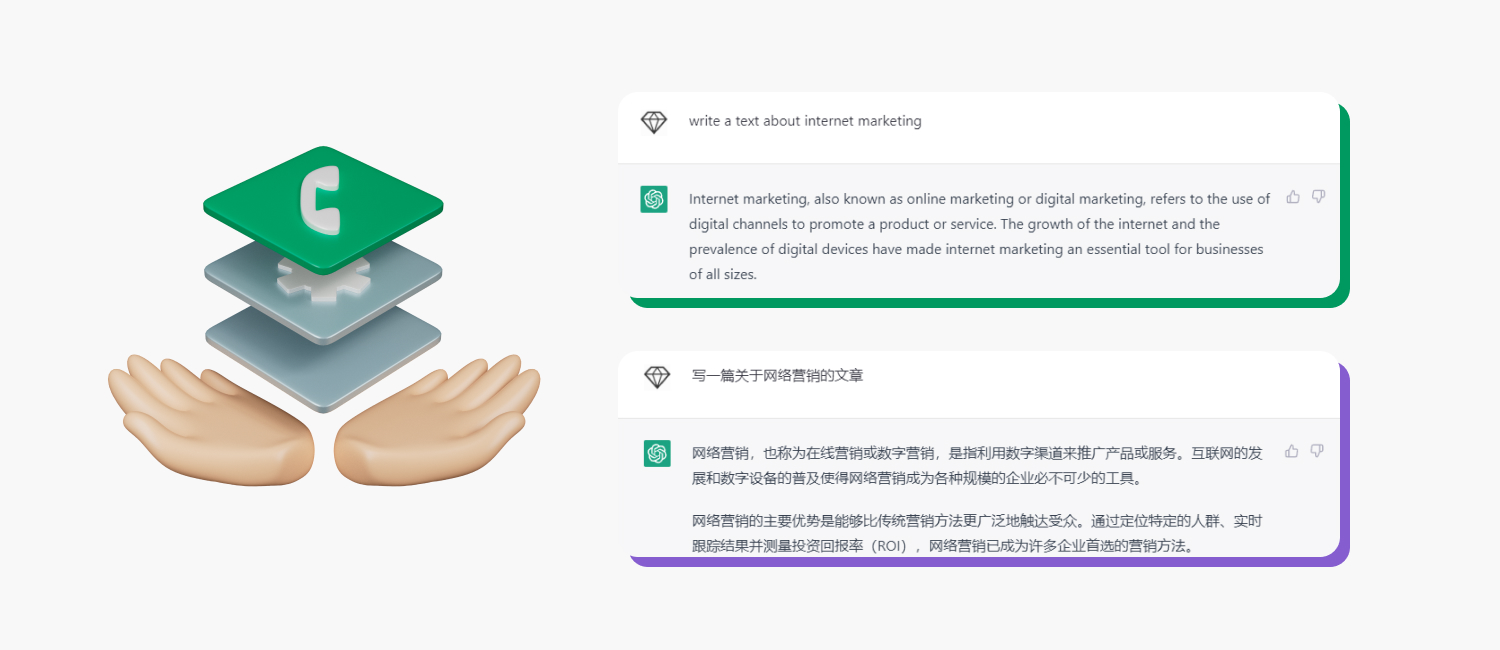

What’s new from the developers
The new version boasts immense potential, but it’s challenging to notice and evaluate all the enhanced capabilities without comparing GPT-4 to its predecessor, GPT-3. Thus, let’s examine the changes that have occurred in comparison. Now, the bot can:
- Communicate with users not just through text but also via images. Moreover, the software can not only recognize content provided by the user but also select an image to better convey the intended meaning.
- Boasts greater power than the previous version. Years of training on an extensive database have left their mark, so GPT-4 can do much more than both GPT-3 and GPT-3.5. The bot can generate complex language constructs, not just simple and straightforward responses.
- GPT can solve tasks using a technique known as “zero-shot learning”, thanks to which it can handle even those tasks it wasn’t intentionally trained on.
Testing shows that if you present the same task to both GPT-3 and GPT-4, the generated response will significantly differ.
News about GPT-4
Events surrounding the smart bot are unfolding rapidly. Hardly had GPT-4 made its debut when a controversy erupted.
- ChatGPT Might Be in Violation of US Laws
The product has reached a stage of development where it’s held accountable in much the same way as a mature entity. Recently, the US Federal Trade Commission (FTC) received a complaint alleging that the robot violates advertising laws. A US citizen contends that GPT-4 is biased, misleading, and even poses risks to personal privacy and public safety. The assertion carries weight and is likely to lead to new legislative norms that will limit the chatbot’s freedom of creative expression.
- ChatGPT Might Be Illicitly Used, Europeans Believe
European law enforcement agencies have voiced concerns that the advancements in ChatGPT, which is fully accessible to criminals, pose security threats. Europol has serious and well-founded reasons to believe that there’s a significant risk of the product being employed for illicit activities.
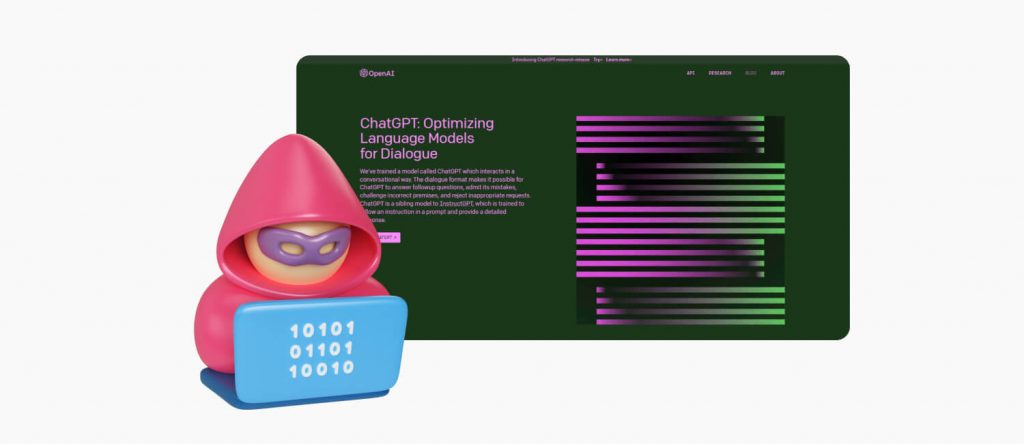

Technical experience has already been gained in using the bot for phishing, stalking victims, and spreading misinformation. Moreover, criminals don’t really need any technical knowledge to use the bot. A basic understanding is sufficient to inflict harm on society using GPT-4.
Labor Market Changes
Statistics show that the emergence of AI, capable of providing almost any information from a library within seconds, hasn’t affected the job market. For instance, previously, programmers had to memorize hundreds of commands, but now they can invoke (generate) them using the bot, which has access to all the libraries in the world.
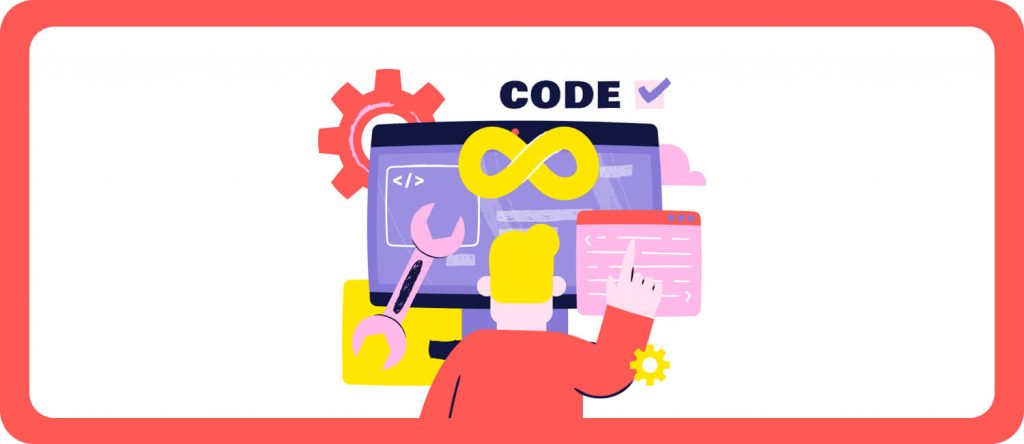

Future plans of OpenAI for ChatGPT development
The developer itself hasn’t made any statements regarding this, but private and government organizations that actively study GPT increasingly argue that the product’s operation needs to be regulated by law. This implies that we might see the socialization of a program that previously operated independently. Possibly, GPT-5 will have rights and obligations.
